How many species of crocodiles exist today, and where are they primarily distributed around the world?
From Nile Giants to Freshwater Fragile Giants: Exploring the Diversity and Vulnerability of 13 Crocodile Species
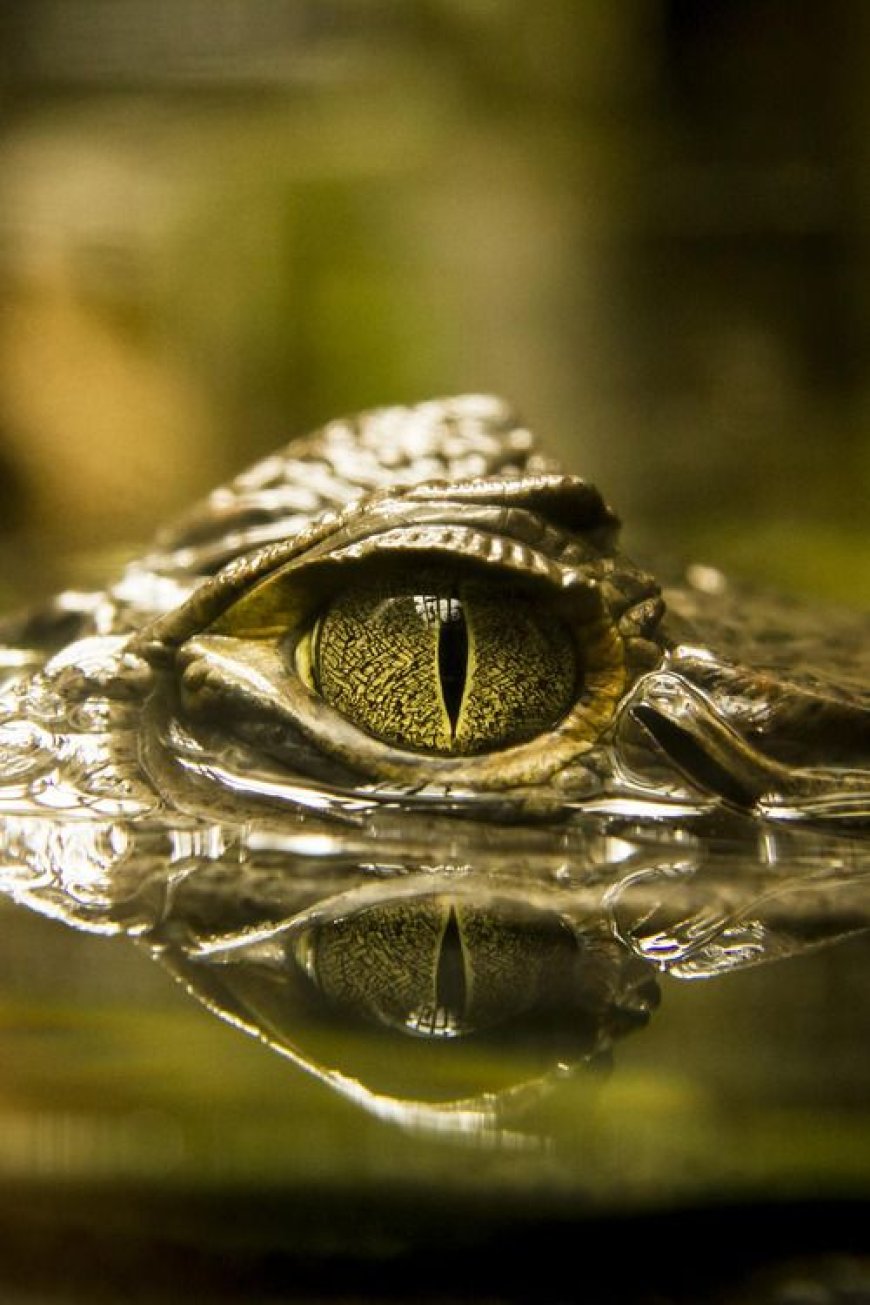
An In-Dependent Look at the Species and Global Distribution of Crocodiles
Crocodiles are members of the order Crocodylia, which also includes alligators, caimans, gharials, and other magnificent reptiles that are frequently connected to ancient mysteries and terrifying strength. Of these, there are currently about 13 species of crocodiles that are known to exist in different parts of the world.
1. Crocodiles of the United States (Crocodylus acutus):
The American crocodile, which is mostly found in the Americas, saunters through freshwater environments in southern Florida, the Caribbean, Central America, and South America. These crocodiles are frequently seen in coastal regions and are well-known for their tolerance of saltwater environments.
2.Crocodiles of the Nile (Crocodylus niloticus):
Africa's waterways are dominated by the Nile crocodile, one of the largest crocodilian species. These ferocious predators are found all over the continent and live in marshlands, lakes, and rivers. They exhibit both aquatic and terrestrial behavior.
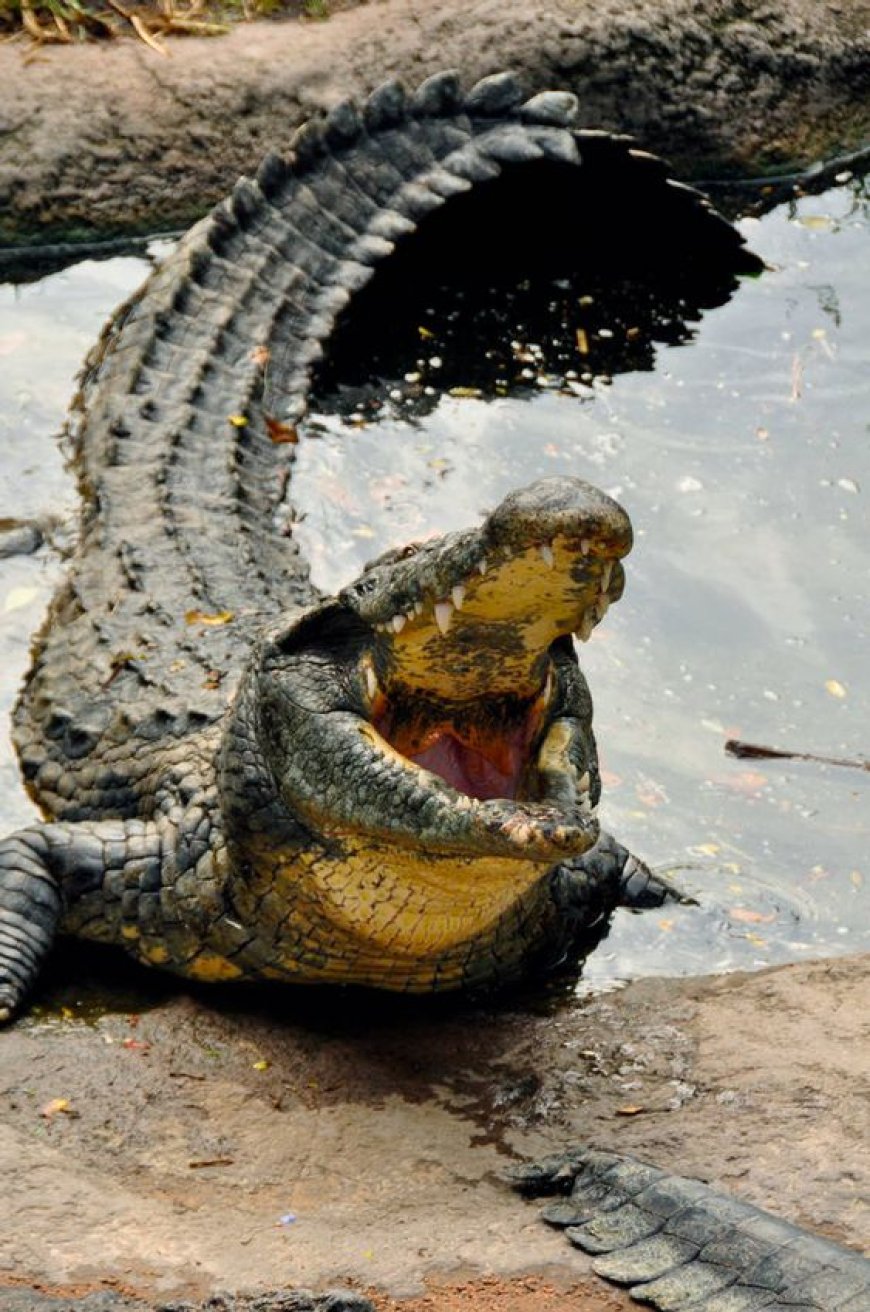
3. Crocodiles in saltwater (Crocodylus porosus):
Situated in the Indo-Pacific region, which includes Southeast Asia, Northern Australia, and the eastern coast of India, the saltwater crocodile is recognized as the biggest living reptile. They have established themselves as apex predators by thriving in both fresh and saltwater habitats.

4. Crocodylus moreletii, or Morelet's Crocodile:
The Morelet's crocodile, which is indigenous to Belize, Guatemala, and Mexico, likes freshwater environments like lagoons, swamps, and rivers. Although they are protected in some places, these crocodiles have faced threats from habitat destruction and hunting.
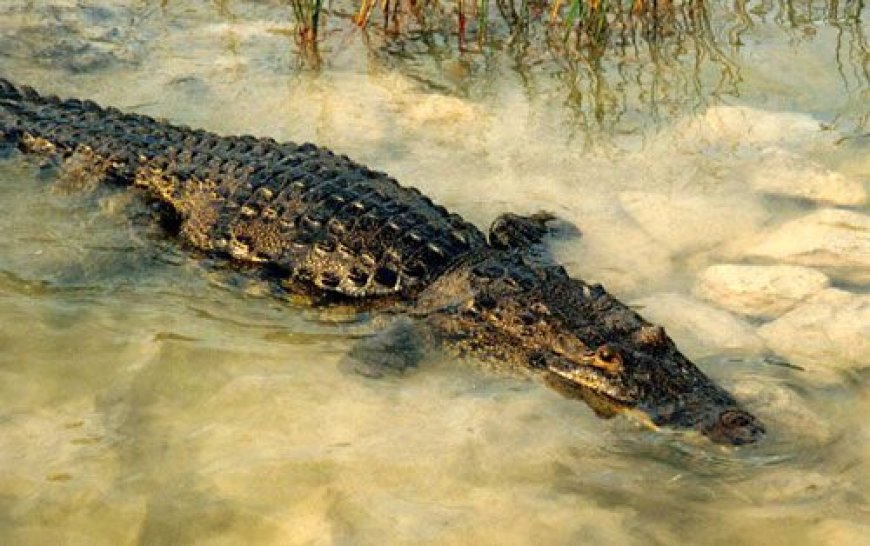
5. Crocodiles of Cuba (Crocodylus rhombifer):
The Cuban crocodile is endemic to Cuba and prefers freshwater environments such as marshes and swamps. Unfortunately, habitat loss and interbreeding with American crocodiles put them at risk of extinction.
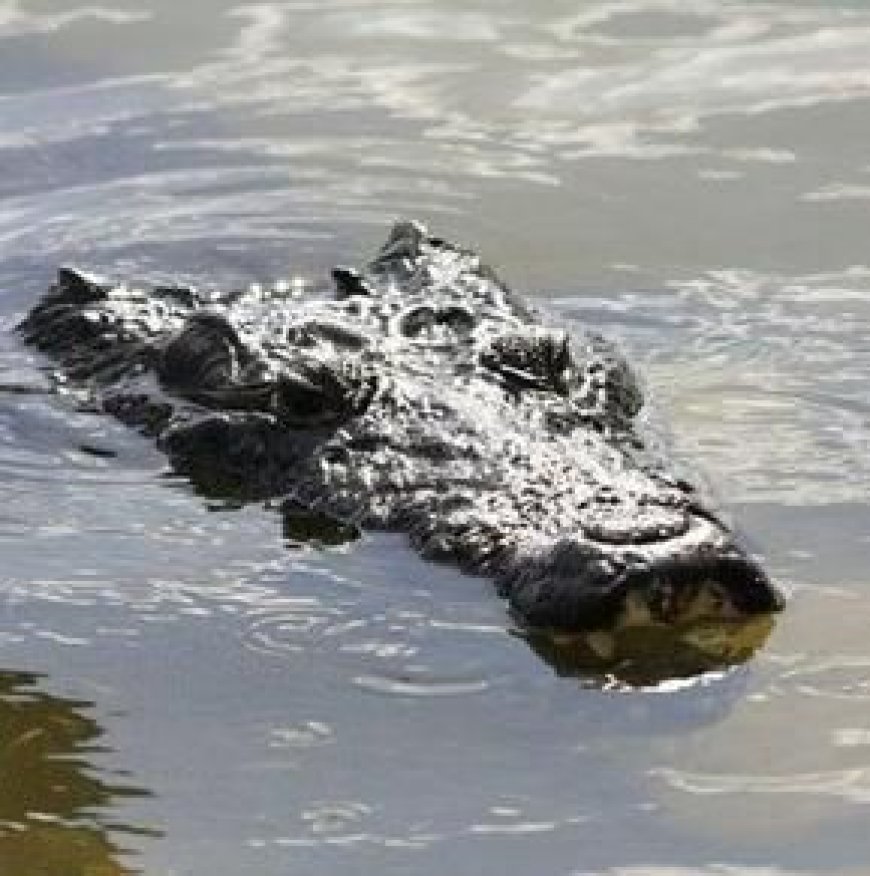
6. Crocodiles of the Philippines (Crocodylus mindorensis):
Native to the Philippines, the Philippine crocodile is a critically endangered species that lives in freshwater environments like rivers and marshes. The goal of conservation efforts is to safeguard and boost this species' numbers.
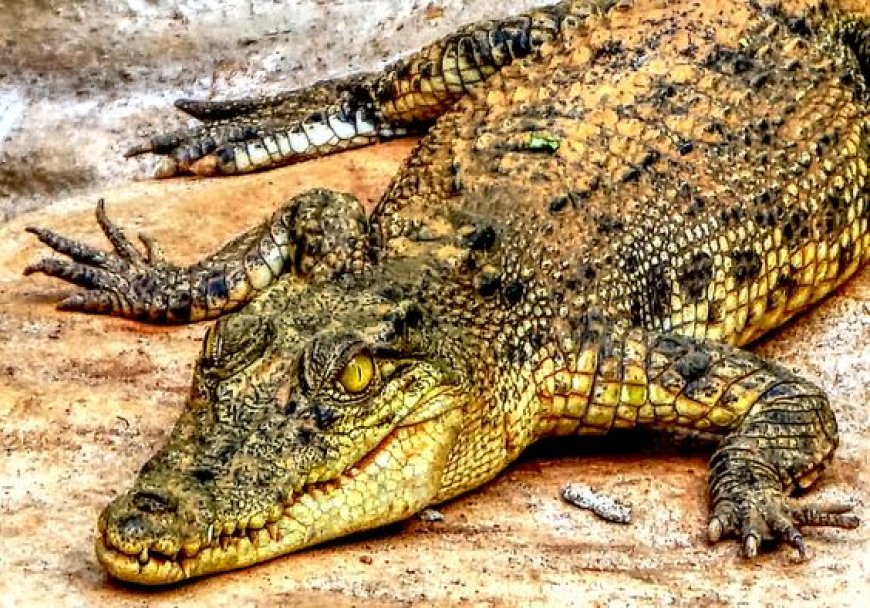
7.The Crocodile known as Siamese (Crocodylus siamensis):
Situated in freshwater environments such as rivers and marshes, the Siamese crocodile is a species that is native to Southeast Asia, specifically Cambodia, Vietnam, Laos, and Thailand. Conservation programs are aimed at these critically endangered crocodiles.
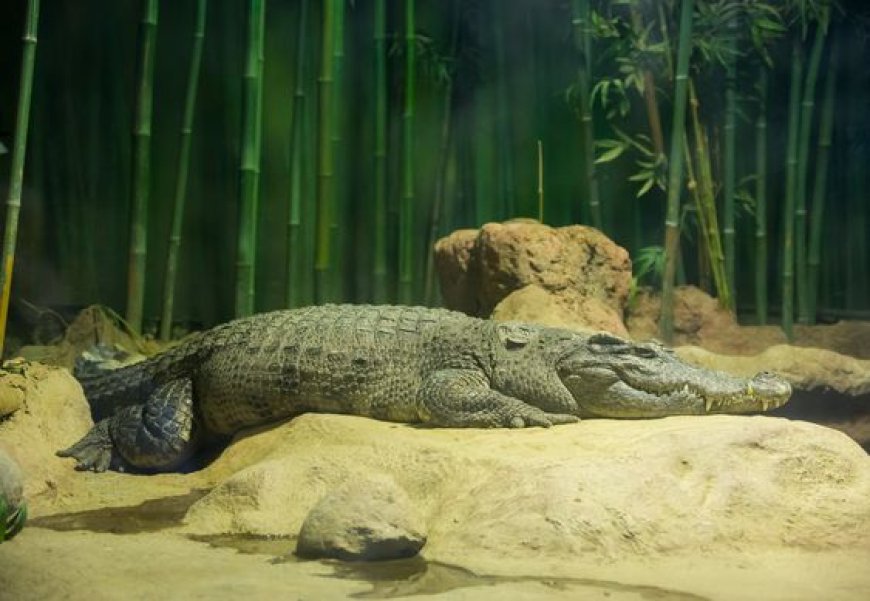
8. Crocodiles of West Africa (Crocodylus suchus):
Parts of West and Central Africa are home to the West African crocodile, which prefers freshwater environments. These crocodiles are vulnerable because of hunting and habitat loss.
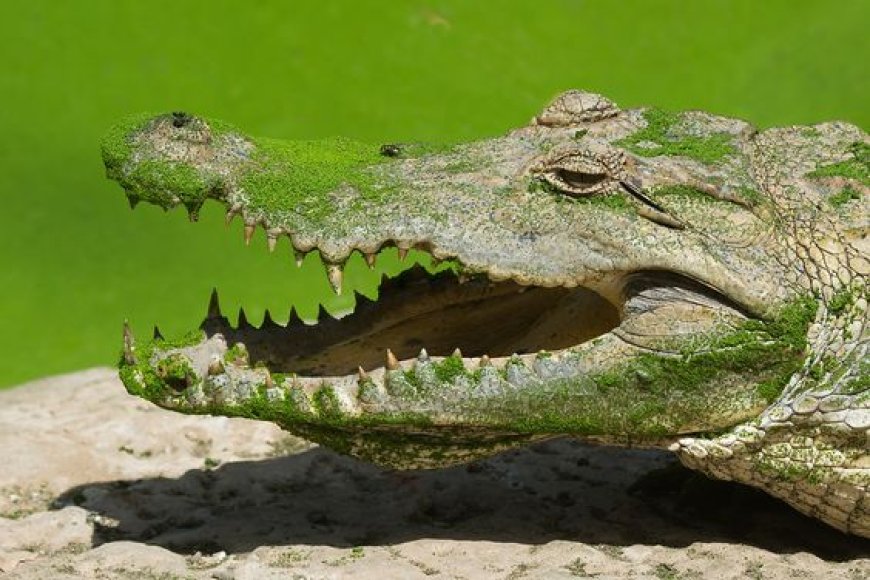
9. Crocodiles in freshwater (Crocodylus johnsoni):
The freshwater crocodile, which is native to Australia, lives in billabongs, freshwater swamps, and rivers. They are comparatively thin-framed and live side by side with saltwater crocodiles.

10. Crocodiles of New Guinea (Crocodylus novaeguineae):
These crocodiles, which are native to New Guinea, live in freshwater environments like rivers and swamps. But there is still a lot to learn about their behavior and population status because of the paucity of research.

11.Crocodile Orinoco (Crocodylus intermedius):
The Orinoco River Basin in Venezuela and Colombia is home to the Orinoco crocodile. The survival of this severely endangered species depends on massive conservation efforts as it faces threats from habitat loss and hunting.
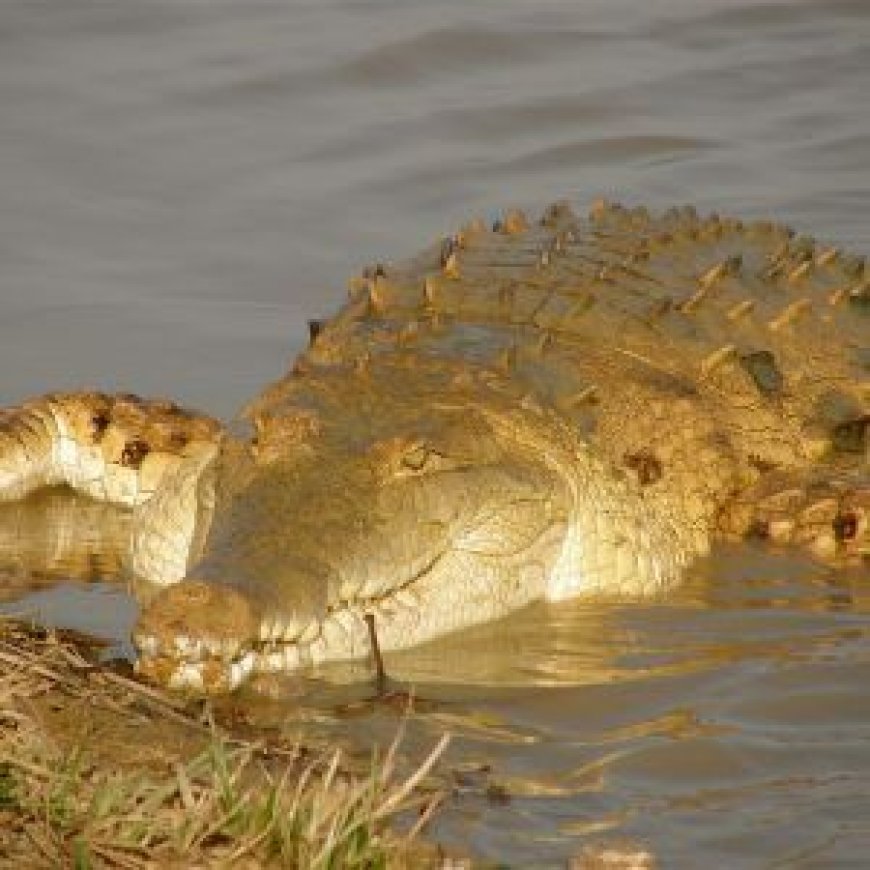
12.Gharial, or Gavialis gangeticus:
The gharial, which is distinguished by its long, thin snout, lives in riverine habitats in the northern region of the Indian subcontinent. Fish are the main food source for this critically endangered species, which is threatened by habitat degradation and unintentional capture.
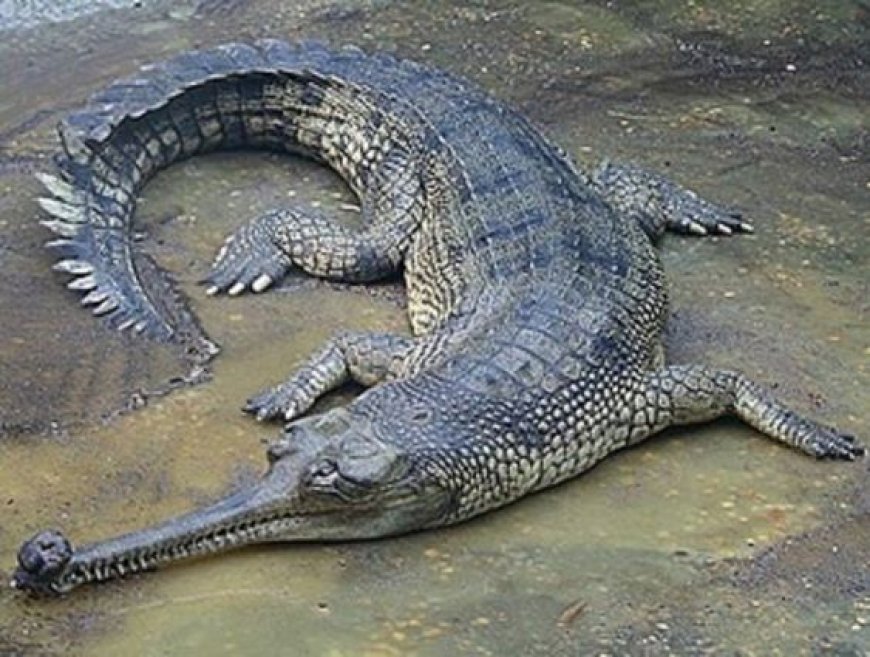
13. Schlegelii, or Tomistoma:
The Tomistoma is a species of bird found in Southeast Asia. It is primarily found in freshwater environments such as lakes and swamps in Indonesia, Malaysia, and possibly some areas of Thailand. Hunting and habitat loss are the main threats to this species.
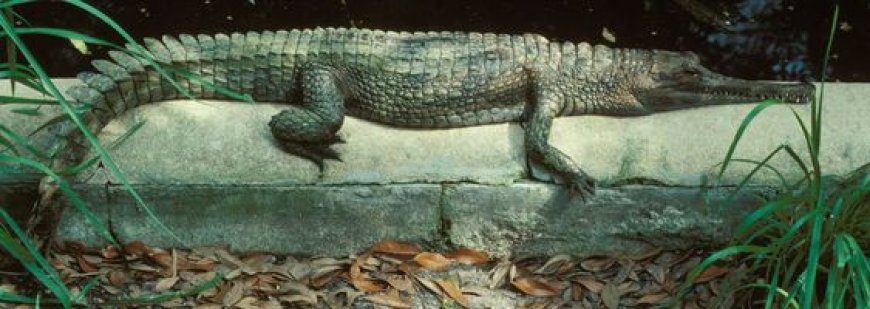
Because of their remarkable adaptability and diversity, crocodiles are essential to the equilibrium of ecosystems. Threats to many species, however, include habitat loss, poaching, and conflicts between people and wildlife. The survival of these extinct animals depends on conservation initiatives, such as habitat preservation and raising public awareness.
Comprehending the range and condition of these exceptional species serves as a prompt to preserve their natural environments and guarantee their harmonious coexistence with human societies.
---























































